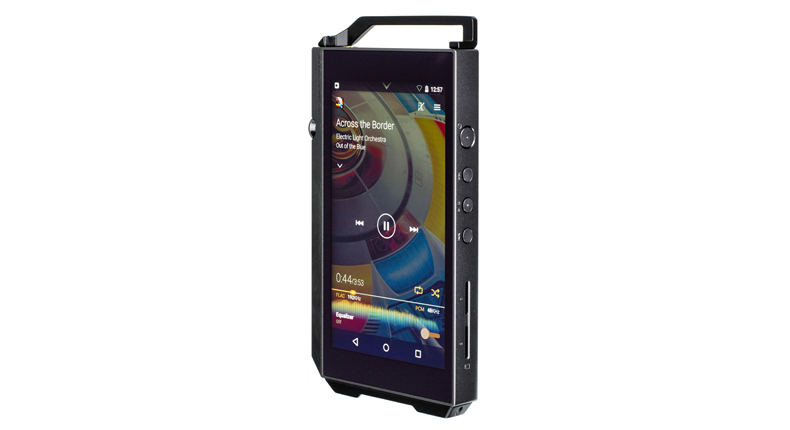What Hi-Fi? Verdict
An appealing hi-res player with excellent features, loads of storage and a refined sound
Pros
- +
Smooth and even tone
- +
Excellent file compatibility
- +
Loads of storage
- +
Good build quality and slick to use
- +
MQA support
Cons
- -
Rivals offer greater precision, agility and subtlety
- -
Needs to be more transparent
Why you can trust What Hi-Fi?
The Pioneer XDP-100R is the company's first high-resolution portable music player. It is also the world's first hi-res player to support MQA technology (Master Quality Authenticated), a new codec that packages hi-res/lossless files in a more efficient way.
So you can stream or download hi-res files without taking up as much space as current formats. Great news for those who want their music portable and in high-quality.
MORE: MQA audio: What is it? How can you get it?
Features
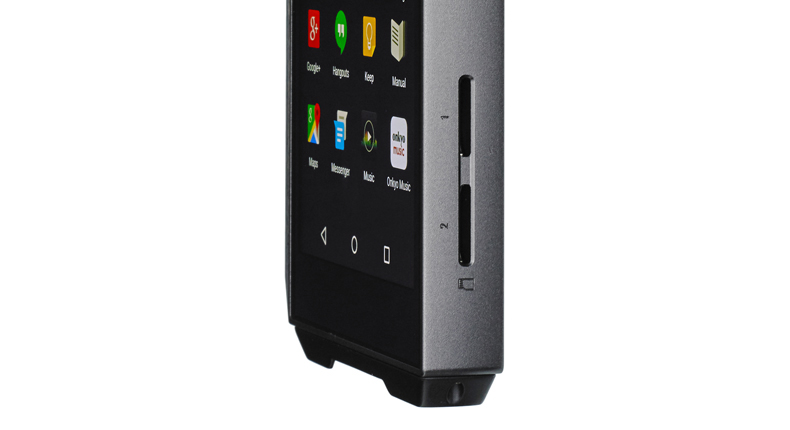
This £500 player is Android-powered, has impressive file support and storage space, and comes loaded with music streaming apps such as Tidal – which is also due to start streaming MQA hi-res files this year.
At launch, the XDP-100R was not MQA-ready, but the firmware update has now arrived. MQA compatibility may be the headline act, but the Pioneer XDP-100R is a feature-packed hi-res player in its own right.
It will play anything – from standard MP3s to hi-res 24-bit/384kHz FLAC, WAV and AIFF files. It also supports the major DSD formats.
You’ll need a lot of storage space to carry all those music files around, and Pioneer has taken this into account. The XDP-100R has two microSD card slots, each supporting up to a whopping 200GB.
That means, coupled with the 32GB of onboard storage, you’re looking at a potential maximum of 432GB of storage.
That’s a huge amount of space for your lossless library, beating rival Astell & Kern AK Jr’s combination of 64GB storage with 128GB expansion.
MORE: MQA hands-on review
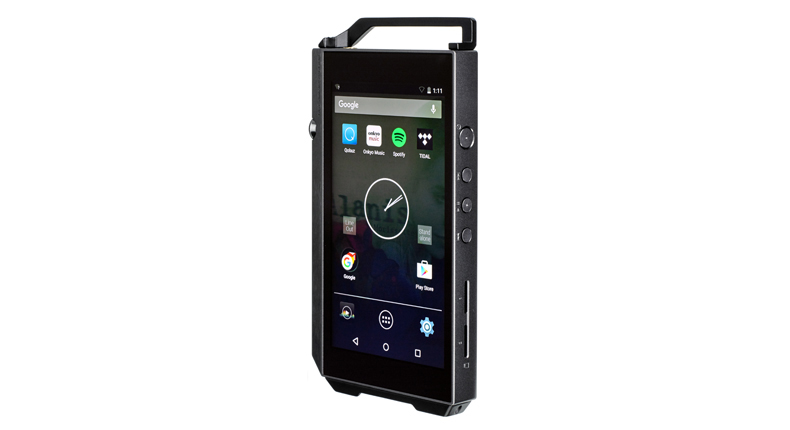
The player comes with some useful extras, too. Pioneer has its own music player app, with helpful features such as a drop-down menu that displays the file format, size, and sampling rate of each song file.
It works a little differently when you play MQA. The ‘A’ in MQA stands for ‘authenticated’, and coloured dots are used to indicated the type of authentication accompanying each track.
According to MQA, both blue and green dots indicate that the sound is identical to the source material, but a blue dot shows it has been approved in the studio by the artist, producer or copyright owner. Consider it an additional seal of approval.
We like Pioneer's app. It's slick and neat despite containing so much information. The crisp text is easy to read; you can even dim the album artwork if the design gets too hectic. It’s a nice alternative to Google’s own music player.
Music streaming apps such as Tidal, Spotify, Qobuz and download store app Onkyo Music are pre-installed on the XDP-100R, making it clear that this player is to be used primarily for music.
MORE: Tidal to launch hi-res MQA streaming in 2016
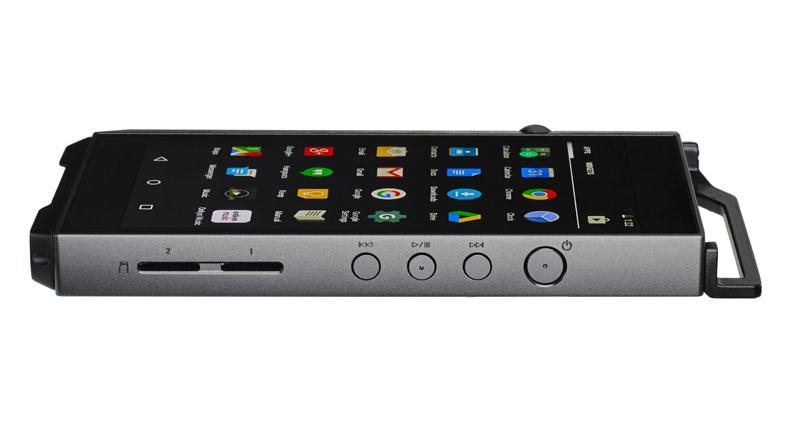
Elsewhere, the Pioneer XDP-100R is also a straightforward Android device. It runs on Android 5.1.1 Lollipop, which, while not the latest Marshmallow OS, is no slouch. The device is smooth, speedy and nicely responsive in use.
The 4.7in screen’s 1280 x 720 resolution won’t be competing against flagship smartphones, but it’s a clear screen that displays album artwork with good contrast and appealing colours.
As it’s Android-powered, you can download all the usual apps from Google Play Store – but we would recommend keeping the Pioneer audio-based. That smooth performance remains consistent only if you don’t load the player with games, videos and social media apps.
It’ll also help prolong the battery life. The XDP-100R will reportedly last for 16 hours (on 24-bit/96kHz playback). Of course that will depend on how much you use it, but we find the Pioneer lasts around two days with medium use.
It also packs Bluetooth, wi-fi and DLNA, so streaming to wireless speakers is possible. You can also plug the player into your hi-fi system using the line out.
Sound
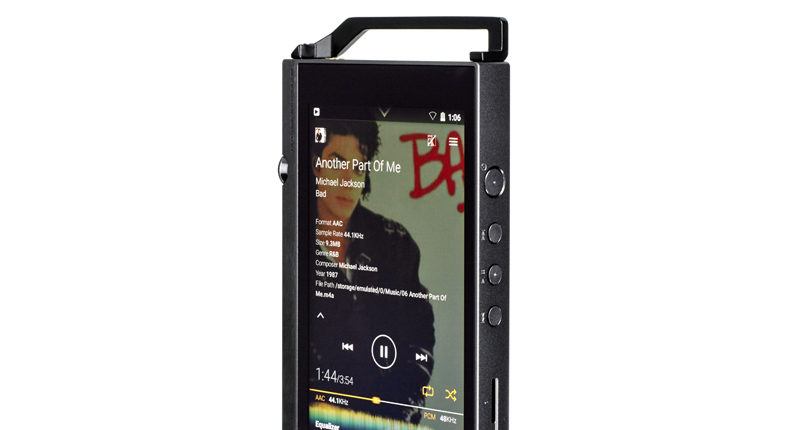
From the off, the Pioneer XDP-100R gives an impression of refined detail, an even balance and a full-bodied, solid sound. Benjamin Clementine’s Nemesis on standard CD-quality sounds satisfyingly solid and detailed – his voice is wonderfully textured and intimate, the piano clunks along with depth and authority, and there’s no undue brightness in sight.
It’s a big-sounding performance, too. Instruments and vocals are well placed in an airy soundstage, giving ample space for that refined and clear sound to flourish.
We could do with a bit more punch and wallop to the low end, though. While the smooth balance is commendable, we want that funky bassline in Stevie Wonder’s Superstition (FLAC, 24-bit/192kHz) to be even funkier.
A tauter, more precise handling of timing and crisper definition of the stop and start of notes would make a world of difference.
MORE: Everything you need to know about hi-res audio
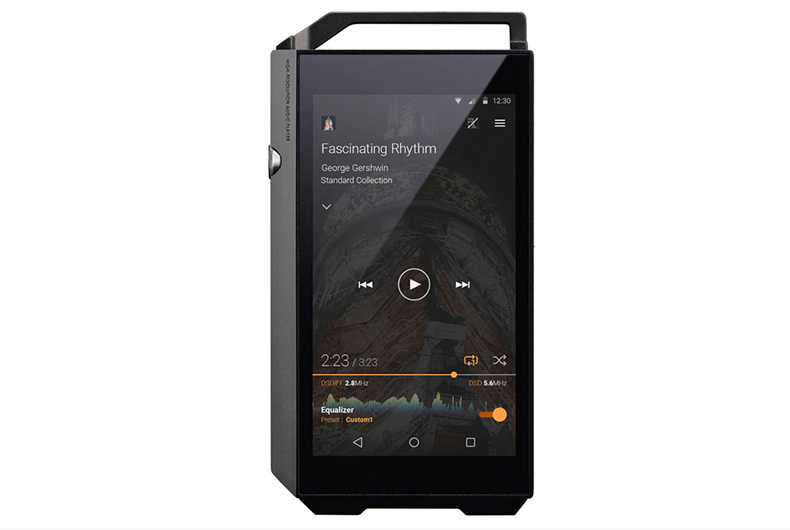
Playing the same track on the Award-winning Astell & Kern AK Jr (£400) conveys that atmosphere, with the punch in dynamic shifts more apparent and exciting. The AK Jr is subtler, too, and doesn’t hold back from delivering a ballsy, upfront performance – the Pioneer sounds a little restrained at times.
That slightly polite approach is present across all music: this makes the Pioneer a comfortable listen, and means it doesn’t turn up its nose at low quality recordings or Spotify streams.
However, it does mean that Adele’s crooning sounds just as smooth and listenable as a Metallica track. We want the XDP-100R to let its hair down a bit more and show off the attitude behind each track. The AK Jr is that bit more discerning and has more impact.
What about MQA? Although content is extremely rare right now, Grammy-winning engineer and producer Morton Lindberg has created a test bench of tracks in various formats.
This provided us with some MQA samples, along with the same tracks in 24-bit/352kHz FLAC for a bit of A-B testing. To give you an idea of the difference in file size, a 410MB 24/352 FLAC file is reduced to 50MB in MQA, so making it quicker to download or easier to stream.
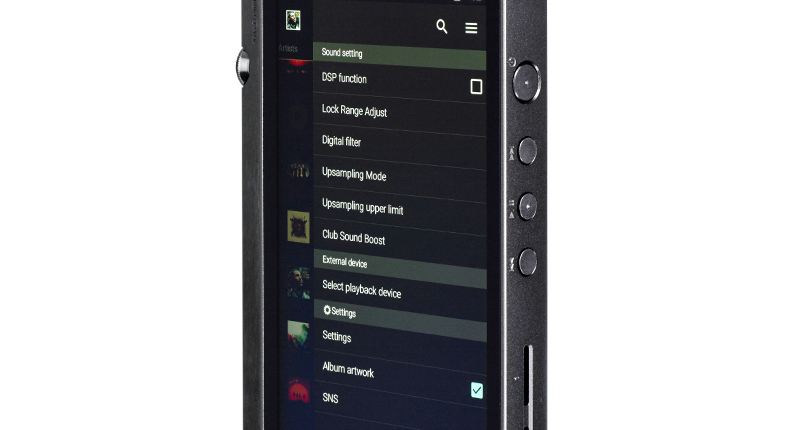
Played back on the Pioneer XDP-100R, the MQA difference is subtle. The MQA files demonstrated a better grasp of timing, with instruments working together more tightly and more deliberately. As a result, the performance feels tighter and more agile – just what the XDP-100R needs.
But it’s not enough to take down the Astell & Kern Jr, which remains significantly more precise and impactful, and generally a more engaging listen.
If you want to tweak the Pioneer’s sound, there are plenty of settings that you can experiment with.
Our guide? Try the three digital filters to find out which one suits your tastes (we liked ‘Sharp’ the best); don’t use any of the Club Sound Boosts as they add nothing of value to the chunky bass performance; and turn on ‘stand-alone mode’ to get a cleaner audio signal path.
MORE: Best portable music players 2016
Build and design
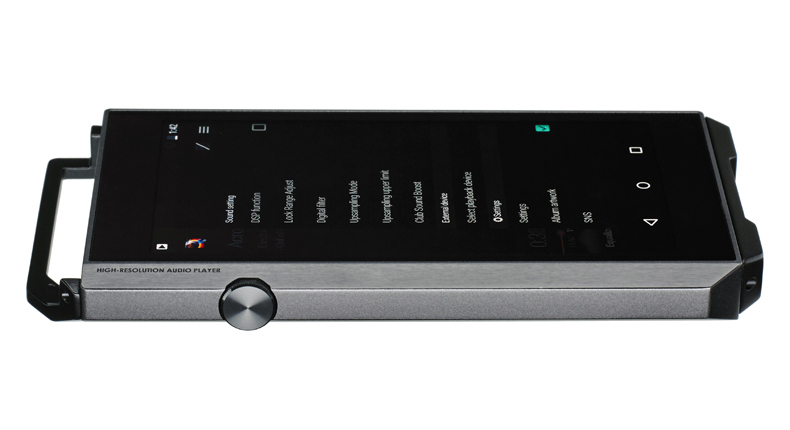
It’s a big, chunky device, but don’t let the Pioneer’s blocky design fool you: the edges are actually smooth to touch.
Those with smaller hands might find the wide player difficult to grip, and despite appearances, it’s actually rather light and more comfortable to hold than you’d expect.
Next to the more slimline designs of the Astell & Kern AK Jr and flagship smartphones, the Pioneer isn’t exactly the most fashionable device. However, the metal design is sturdy and we can’t find any fault with the finish.
We also like that there’s minimal branding. The Pioneer looks neat in both black and silver finishes. We always cheer when manufacturers add a proper volume wheel instead of buttons – it’s simply nicer to use.
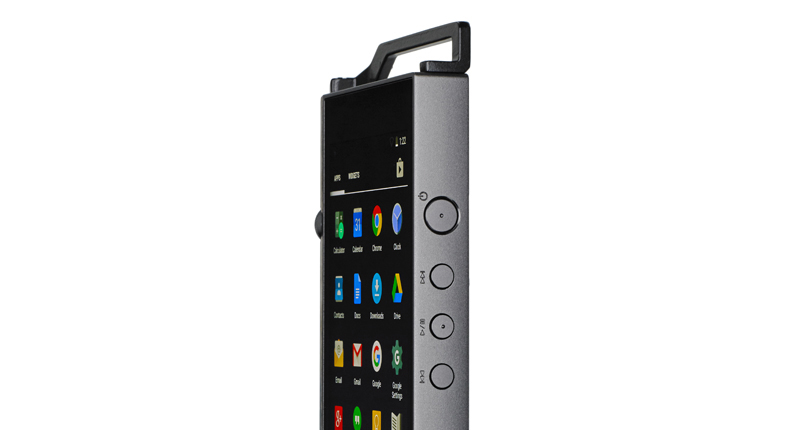
The XDP-100R’s volume wheel feels intuitive in use, and while it has up to 160 steps, the player doesn’t go as powerfully loud as the A&K Jr.
The responsive control buttons on the right side are nicely milled, and we like that the two microSD card slots are labelled. We’re not too keen on the bumpers at either end, though.
The top bit is there to protect the 3.5mm headphone plug, and if you want to hook it to your belt or bag with a carabiner.
We wouldn't though – it's an expensive hi-res player! You can detach both bumpers, but we have to admit the XDP-100R looks less distinctive without them.
Verdict
The Pioneer XDP-100R ticks all the right boxes for a hi-res player, from excellent compatibility to a massive storage capacity.
The refined and balanced sound will appeal to many, as will the £500 price tag – a more affordable option than the over £900 players like Sony NW-ZX2 or Acoustic Research M2.
Then there’s the MQA factor. While there’s not much MQA content readily available at the moment, its potential sonic and practical benefits – bigger hi-res files in a more compact form – can only be a good thing.
The XDP-100R’s MQA compatibility is not itself a reason to buy, but it’s certainly good for those with one eye on the road ahead.
Pioneer’s first hi-res player is a great addition to the market, and while it doesn’t oust the Astell & Kern AK Jr from its top spot in terms of sound quality, we’d still urge you to try the XDP-100R out if you’re looking for a dedicated music player.
See all our Pioneer reviews
What Hi-Fi?, founded in 1976, is the world's leading independent guide to buying and owning hi-fi and home entertainment products. Our comprehensive tests help you buy the very best for your money, with our advice sections giving you step-by-step information on how to get even more from your music and movies. Everything is tested by our dedicated team of in-house reviewers in our custom-built test rooms in London, Reading and Bath. Our coveted five-star rating and Awards are recognised all over the world as the ultimate seal of approval, so you can buy with absolute confidence.
